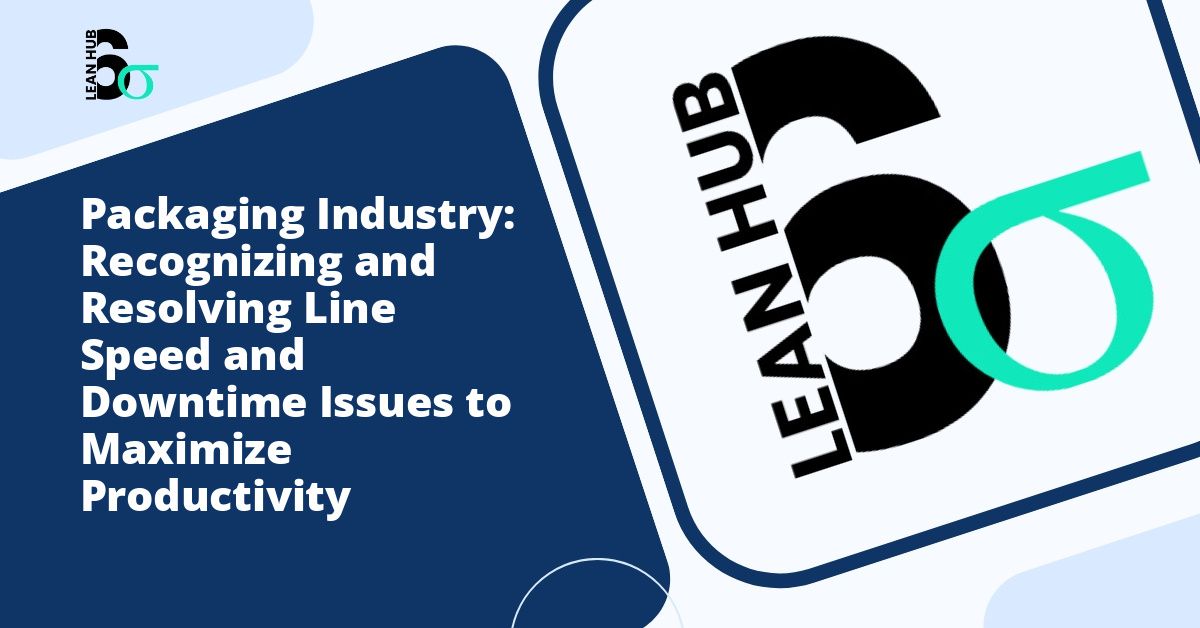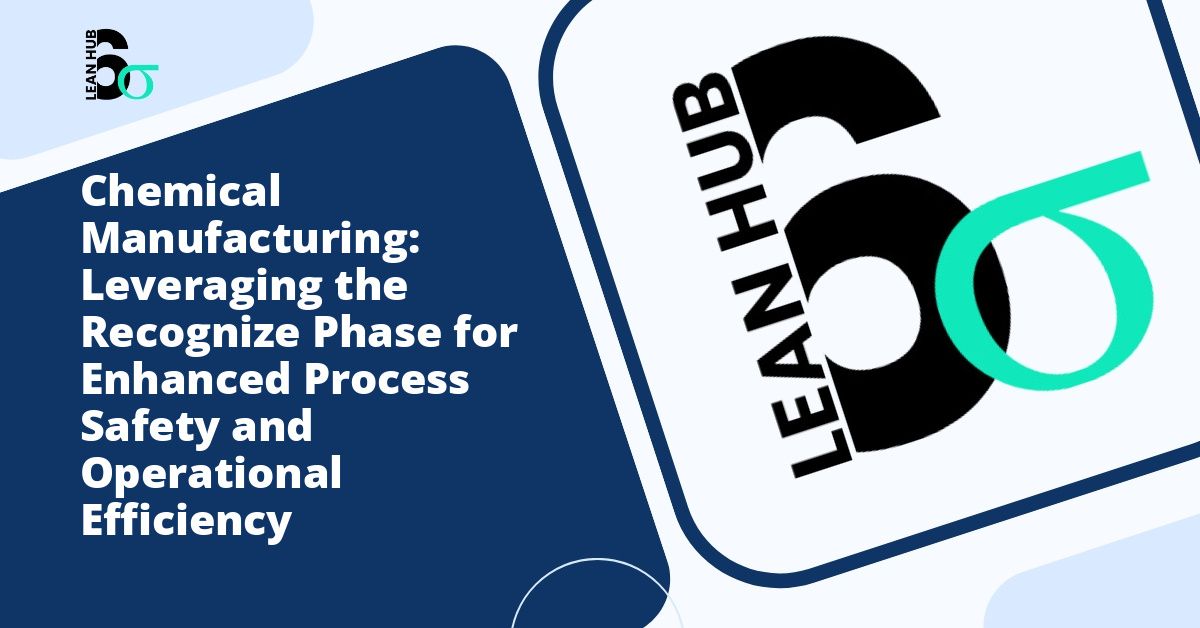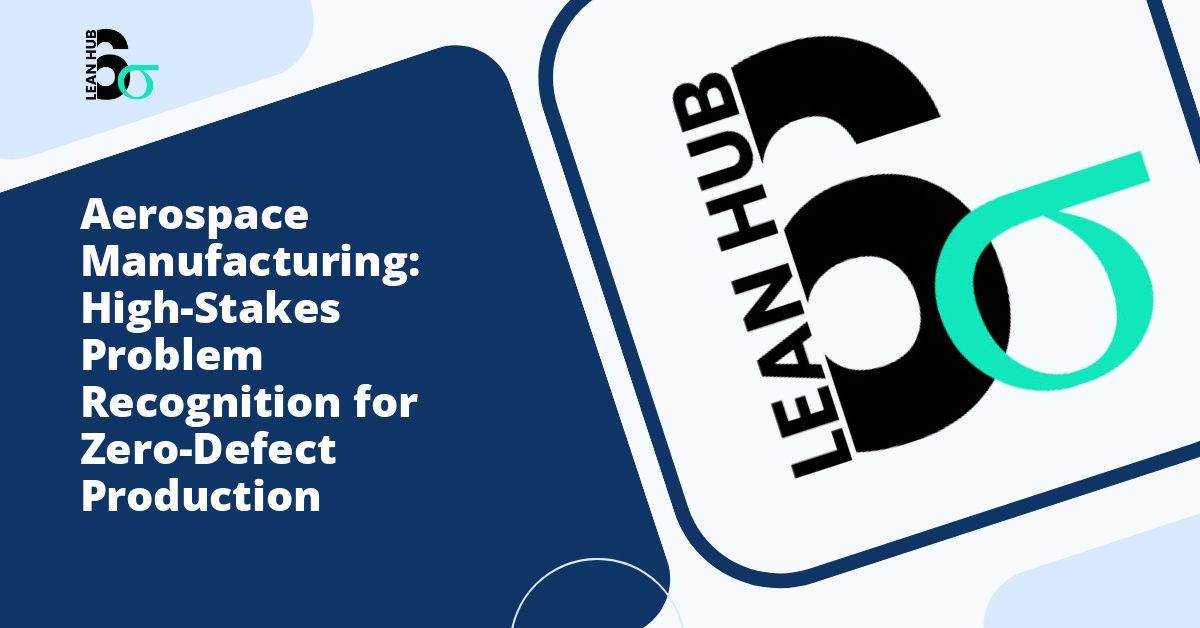If you’re new to Lean Six Sigma, you’ve probably heard about the traditional DMAIC (Define, Measure, Analyze, Improve, Control) methodology. But there’s an often-overlooked preliminary step that can make or break your process improvement initiative: the Recognize phase.
This crucial first step helps organizations identify opportunities for improvement before diving into formal problem-solving. In this comprehensive guide, we’ll explore what the Recognize phase is, why it matters, and how to implement it effectively in your organization.
Understanding the Recognize Phase: The Foundation of Successful Improvement
The Recognize phase is the preliminary stage in the enhanced Lean Six Sigma methodology, sometimes referred to as RDMAIC (Recognize, Define, Measure, Analyze, Improve, Control). This phase focuses on identifying and prioritizing problems or opportunities that warrant a full-scale improvement project.
Think of it as the reconnaissance mission before launching a full campaign. During this phase, organizations scan their operations to spot performance gaps, customer pain points, and areas where waste is occurring. Without proper recognition of the right problems, teams risk wasting valuable resources solving issues that don’t significantly impact business goals.
Why the Recognize Phase Matters
Many organizations jump directly into problem-solving mode without adequately assessing whether they’re focusing on the right issues. This premature action leads to several common pitfalls:
- Resource misallocation: Time and money spent on low-impact problems
- Employee burnout: Teams working hard on projects that don’t move the needle
- Missed opportunities: High-value improvements remain unidentified
- Leadership frustration: Lack of visible ROI from improvement initiatives
The Recognize phase addresses these challenges by creating a systematic approach to opportunity identification and prioritization.
Key Activities in the Recognize Phase
1. Voice of the Customer (VOC) Analysis
Understanding customer needs and pain points is fundamental to the Recognize phase. This involves:
- Conducting customer surveys and interviews
- Analyzing customer complaints and feedback
- Reviewing customer satisfaction scores
- Monitoring social media and online reviews
Example: A healthcare provider might discover through patient surveys that wait times are the primary dissatisfaction driver, highlighting this as a priority area for improvement.
2. Data Collection and Review
Organizations should examine existing performance data to identify trends and anomalies:
- Key performance indicators (KPIs) trending in the wrong direction
- Quality metrics showing defect patterns
- Financial data revealing cost overruns
- Operational metrics indicating inefficiencies
3. Process Observation
Sometimes the best insights come from directly observing work processes. This Gemba approach (going to the actual place where work happens) helps identify:
- Obvious waste and inefficiency
- Bottlenecks and constraints
- Workarounds employees have created
- Safety concerns or quality risks
4. Strategic Alignment Assessment
Not every problem deserves equal attention. The Recognize phase evaluates potential projects against strategic priorities:
- Does this align with organizational goals?
- What’s the potential financial impact?
- How does this affect customer satisfaction?
- Are resources available to address this issue?
Tools and Techniques for the Recognize Phase
Pareto Analysis
The 80/20 rule helps prioritize problems by identifying which issues contribute most significantly to negative outcomes. Creating a Pareto chart visualizes where to focus efforts for maximum impact.
Brainstorming Sessions
Structured brainstorming with cross-functional teams generates diverse perspectives on potential improvement opportunities. Techniques like affinity diagrams help organize ideas into meaningful categories.
Cost-Benefit Analysis
Even in the Recognize phase, preliminary cost-benefit analysis helps prioritize opportunities. Consider both tangible benefits (cost savings, revenue increase) and intangible ones (employee morale, brand reputation).
Project Selection Matrix
A scoring matrix evaluates potential projects against multiple criteria such as strategic fit, estimated impact, resource requirements, and implementation difficulty. This creates an objective framework for decision-making.
Common Challenges and How to Overcome Them
Challenge 1: Too Many Opportunities
Solution: Use strict prioritization criteria and remember that saying “no” to low-impact projects is as important as saying “yes” to high-value ones.
Challenge 2: Lack of Data
Solution: Start with qualitative observations and anecdotal evidence, but plan to gather better data as you move into the Define and Measure phases.
Challenge 3: Resistance to Change
Solution: Involve stakeholders early in the Recognize phase to build buy-in and demonstrate how improvements will benefit them directly.
Best Practices for Implementing the Recognize Phase
To maximize the effectiveness of your Recognize phase:
- Create a formal process: Establish a repeating cycle for opportunity identification, not just a one-time event
- Engage diverse perspectives: Include frontline employees, managers, and customers in the recognition process
- Document everything: Keep records of identified opportunities, even those not immediately pursued
- Set clear criteria: Define what makes a good improvement project in your organization
- Secure leadership support: Ensure executives understand and support the prioritization decisions
- Be patient: Thorough recognition takes time but saves exponentially more time later
Moving from Recognize to Define
Once you’ve identified and prioritized your improvement opportunities, you’re ready to transition into the traditional DMAIC methodology. The selected project should have:
- Clear business impact and strategic alignment
- Defined scope and boundaries
- Available resources and stakeholder support
- Measurable objectives
The work done in the Recognize phase provides a solid foundation for creating a strong project charter in the Define phase.
Conclusion: Recognition is the Key to Lean Six Sigma Success
The Recognize phase might not be as well-known as the five DMAIC phases, but it’s arguably just as important. By systematically identifying and prioritizing improvement opportunities, organizations ensure they’re solving the right problems—not just solving problems right.
Whether you’re a Lean Six Sigma beginner or looking to enhance your existing program, incorporating a structured Recognize phase will increase your project success rate, improve ROI, and build momentum for continuous improvement across your organization.
Remember: In the world of process improvement, recognizing the right problem is half the battle won. Take the time to get this phase right, and everything that follows will be more focused, more efficient, and more impactful.
Ready to start recognizing opportunities in your organization? Begin by listening to your customers, examining your data, and asking your team where they see room for improvement. The insights you gain will set you on the path to Lean Six Sigma success.








